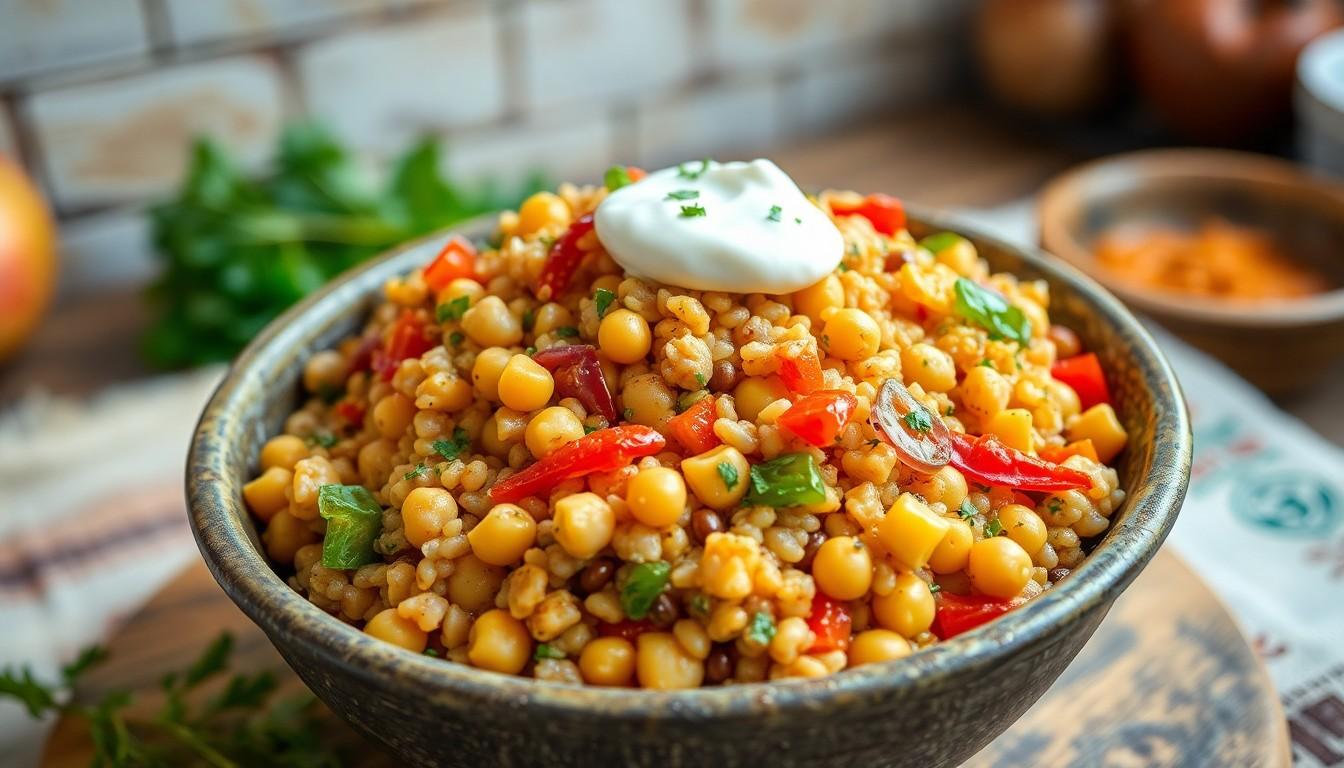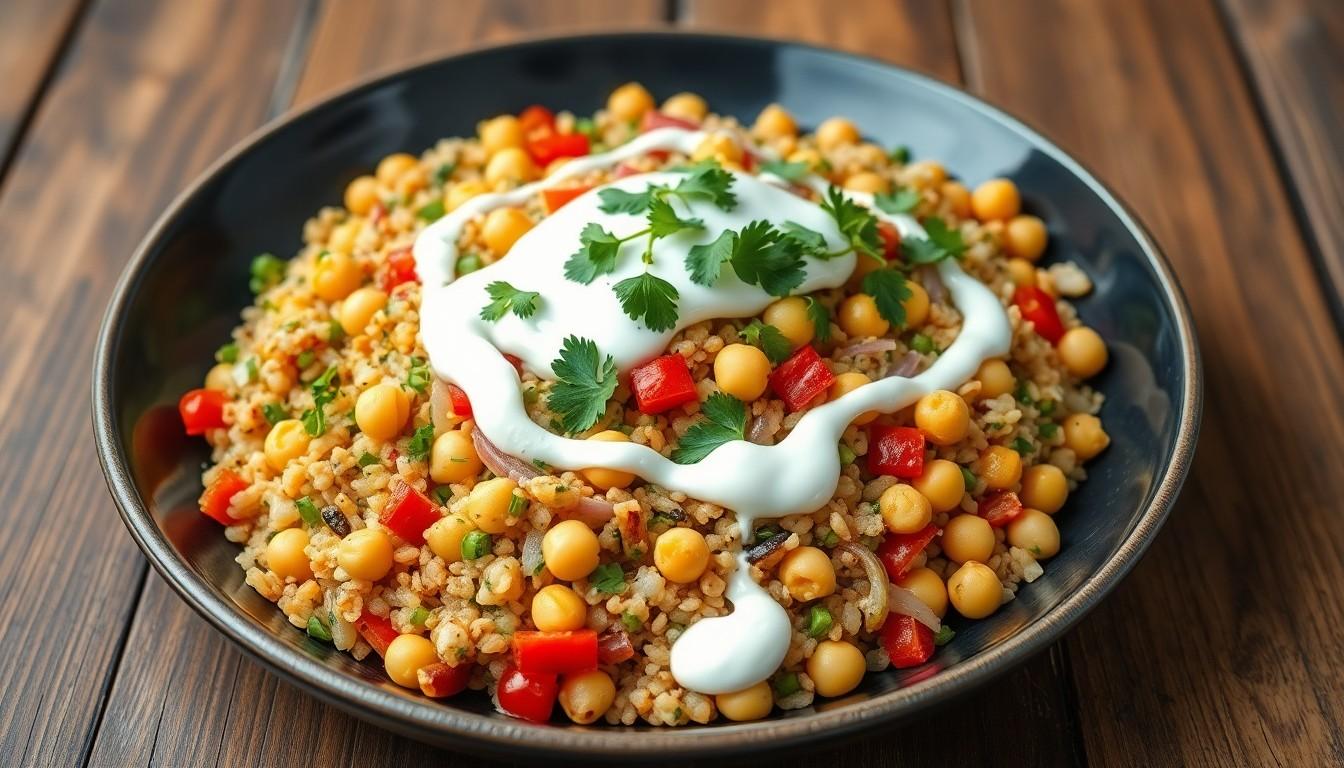In a world filled with culinary mysteries, few questions spark as much debate as whether felmusgano contains milk. Picture this: a delightful dish that tantalizes the taste buds while leaving dairy lovers and lactose-intolerant folks alike on the edge of their seats. Is it creamy bliss or a sneaky dairy disaster?
Overview of Felmusgano
Felmusgano consists of a variety of ingredients that contribute to its unique flavor profile. This dish is especially popular in certain regions, gaining traction among culinary enthusiasts. It often features a blend of spices, vegetables, and proteins, which enhances its appeal.
Ingredients play a significant role in determining whether felmusgano contains milk. Commonly, chefs may incorporate dairy to achieve a creamy texture, yet some variations omit milk entirely, catering to lactose-intolerant individuals. Research from the culinary community indicates that it’s essential to check ingredient labels or ask restaurants about dairy content when consuming this dish.
Culinary traditions influence how felmusgano is prepared, leading to diverse interpretations. Some chefs emphasize the use of local, fresh ingredients while others adapt recipes to suit dietary preferences. Specific recipes may include alternative products like almond milk or coconut milk instead of traditional dairy, reflecting a growing trend towards plant-based options.
The presence of milk in felmusgano isn’t universal. Different recipes and regional variations exist, making it crucial to verify the ingredients before consuming. Engaging with chefs or checking labels ensures individuals can enjoy this dish according to their dietary needs.
Ingredients in Felmusgano

Felmusgano features a wide array of ingredients, reflecting its regional variations and culinary traditions. This dish’s primary components often include grains such as rice or couscous, proteins like chickpeas or chicken, and an assortment of vegetables.
Common Ingredients
Vegetables play a significant role in felmusgano. Onions, bell peppers, and garlic commonly appear in recipes, adding richness and depth. Herbs like cilantro or parsley frequently enhance the flavor profile. Furthermore, spices such as cumin, coriander, and paprika contribute to the dish’s identity, giving it warmth and complexity. Many enjoy adding citrus for brightness, balancing flavors effectively.
Special Additives
For those seeking creaminess, various recipes incorporate dairy products within felmusgano. Yogurt or cream often enriches the dish, appealing to dairy lovers. Conversely, some preparations include alternatives such as almond milk or coconut milk, catering to lactose-intolerant individuals. These special additives reflect personal preferences and dietary needs, showcasing the dish’s adaptability across different culinary styles.
Milk Content in Felmusgano
The presence of milk in felmusgano creates distinct variations in flavor and texture. Ingredients differ among recipes, leading to potential dairy content in some versions.
Investigating Milk Sources
Dairy often comes from products like yogurt, cream, or cheese. Some recipes for felmusgano include these dairy sources for added creaminess. Conventional preparations may utilize whole milk, while others might favor lighter options. Non-dairy alternatives, such as almond or coconut milk, provide options for lactose-intolerant individuals. Consumers should check ingredients on packaging or consult chefs for clarification.
Cross-Contamination Risks
Cross-contamination poses a concern in kitchens that handle dairy alongside non-dairy items. Utensils or surfaces, which have come into contact with milk products, may transfer allergens. Dishes prepared without milk can become compromised if proper kitchen hygiene isn’t observed. Following strict food safety practices can help minimize this risk. It’s crucial for those with dairy allergies or intolerances to communicate their dietary needs when ordering or preparing felmusgano.
Health Implications
Understanding the health implications of felmusgano is essential, especially regarding milk content. Consumers should pay close attention to their specific dietary needs.
Lactose Intolerance Considerations
Lactose intolerance affects many individuals. Symptoms such as bloating, diarrhea, and stomach cramps can occur upon consuming dairy. Some felmusgano recipes use dairy ingredients like yogurt or cream, which can trigger these reactions. Those who are lactose intolerant might prefer versions of the dish that utilize alternatives such as almond or coconut milk. Ingredient labels serve as valuable tools for confirming dairy content. Asking chefs about specific recipes also provides clarity for those avoiding lactose.
Allergic Reactions
Allergy to milk remains a significant concern for many. Reactions can range from mild to severe, including hives or anaphylaxis. Felmusgano occasionally contains dairy-rich ingredients, increasing the risk of exposure. Avoiding cross-contamination in kitchens that use both dairy and non-dairy items is crucial. Individuals with milk allergies must prioritize checking labels and inquiring about ingredient sources in homemade dishes. Understanding the preparation process helps ensure their safety and enjoyment while consuming felmusgano.
Conclusion
Felmusgano’s ingredient variations reflect the diverse culinary traditions that shape its preparation. The presence of milk in some recipes adds a creamy texture while others cater to those avoiding dairy. This adaptability makes felmusgano appealing to a wide audience, from dairy lovers to those with lactose intolerance or milk allergies.
For anyone looking to enjoy this dish, understanding its ingredients is crucial. Checking labels and asking about preparation methods can ensure a safe and delicious experience. Ultimately, felmusgano’s flexibility allows it to accommodate different dietary preferences while remaining a flavorful choice on any menu.





